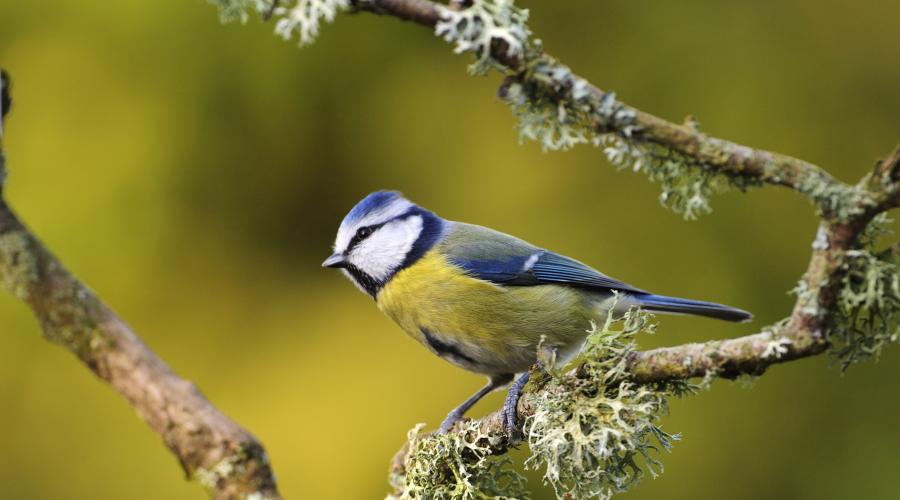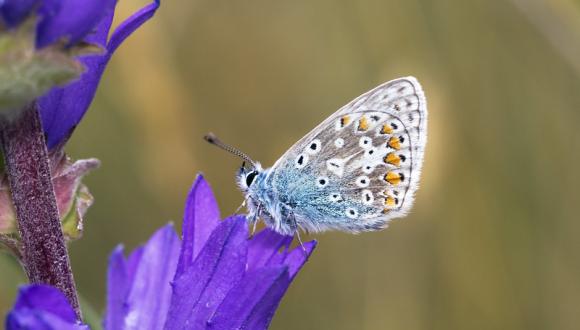
Scottish Biodiversity Strategy and COP 15
Find out about COP15 and the Scottish Biodiversity Strategy
Scottish Biodiversity Strategy and COP15
The original strategy
The original strategy – Scotland’s Biodiversity: It’s in Your Hands – was published in 2004. In 2013, it was supplemented by the 2020 Challenge for Scotland’s Biodiversity. The two documents together constituted the Scottish Biodiversity Strategy.
The new strategy
In December 2020 the Scottish Government published the Scottish Biodiversity Strategy Post-2020: A Statement of Intent. This paved the way for a new, ambitious draft 25-year strategy published during the Biodiversity COP15 in Montreal.
In September 2023, a major Consultation was launched seeking views on a range of topics and proposals related to biodiversity and tackling the nature emergency in Scotland
It covers three parts of the Biodiversity Strategic Framework:
- The Scottish Biodiversity Strategy which sets out our vision to halt and reverse biodiversity loss;
- The first five-year Delivery Plan which contains the actions to deliver the vision; and
- The proposed Natural Environment Bill which will provide a framework for establishing
Aims
Scotland’s 2020 Challenge aims are to:
- protect and restore biodiversity on land and in our seas, and to support healthy ecosystems
- connect people with the natural world, for their health and well-being, and to involve them more in decision making
- maximise the benefits for Scotland of a diverse natural environment and the services it provides, contributing to sustainable economic growth.
The Scottish Biodiversity Strategy indicators are used to see how well we are progressing with these aims.
Meeting the 2020 Challenge
To meet the 2020 Challenge and ensuing strategic ambitions, Scotland must focus on tackling the key pressures on biodiversity.
Scotland’s Biodiversity: A Route Map to 2020 was launched in 2015 to help direct and focus on key priorities for action. It is not a catalogue of current and planned action. It sets out six ‘Big Steps for Nature’, strategic goals and priority projects needed to achieve each big step.
NatureScot is tasked by the Scottish Government with leading the delivery and reporting of the Route Map. In addition, a series of reports are laid before Parliament on implementation of the Scottish Biodiversity Strategy, the last published in June 2020.
Ecosystem approach
The Scottish Biodiversity Strategy identifies that biodiversity conservation calls for an ecosystem approach. This approach recognises that nature is a system of many functioning parts that work in balance with each other. Nature provides us with many benefits, called ecosystem services, though they’re not always obvious to us, such as air, food, water, stable living conditions, beauty and inspiration. Adopting an ecosystem approach can help to secure these benefits for us now, and for future generations. Adopting an ecosystem approach involves identifying an ecosystem’s parts, and interacting with them in a way that keeps them healthy. This involves collaboration between a wide range of organisations, government departments and businesses.
People are part of ecosystems
We benefit from nature’s service, from clean water, to the health benefits of a walk in the woods. A measure of the status of an ecosystem, the condition of its components, its functioning and resilience, can be found by developing an Ecosystem Health Indicator.
Beyond 2020
The Scottish Biodiversity Programme has been created to coordinate all current and future biodiversity work in Scotland, and is co-chaired by the Scottish Government and NatureScot. You can find out more by reading our brief overview of the Programme.
Scottish Biodiversity Programme - overview
The Scottish Government and NatureScot recognise the importance of the natural environment to our prosperity as a nation and to people’s health and well-being, as well as our responsibility to address the global challenges of climate change and biodiversity loss.
The link between biodiversity and climate change is now well established and well understood. Climate change is one of the main drivers of biodiversity loss and destruction of ecosystems undermines nature's ability to regulate greenhouse gas emissions and protect against extreme weather, thus accelerating climate change and increasing vulnerability to it.
Scottish Ministers have stated that the challenges facing biodiversity loss are as important as the challenge of combatting climate change. Influential publications such as The Intergovernmental Science-Policy Platform on Biodiversity and Ecosystem Services (IPBES) Global Assessment on Biodiversity and Ecosystems (2019), the Net Zero – The UK’s contribution to stopping global warming’ report (2019), and the State of Nature Scotland report (2019) clearly identify the importance of investing in nature. For example, the restoration of peatland makes a significant contribution to reducing the impacts of climate change whilst at the same time achieving biodiversity improvements.
In addition, people’s wellbeing improves when they are able to live, work and play in nature-rich environments. The reports underpin new commitments by Scottish Government and have highlighted the need for more sectors of society to build in ways of carrying out their business that protect biodiversity. In the public sector, Scottish Government and public bodies need to work with our wider society to in order to raise people’s awareness and their ability to protect biodiversity. The reports have also led to increased collaboration with colleagues working on climate change.




